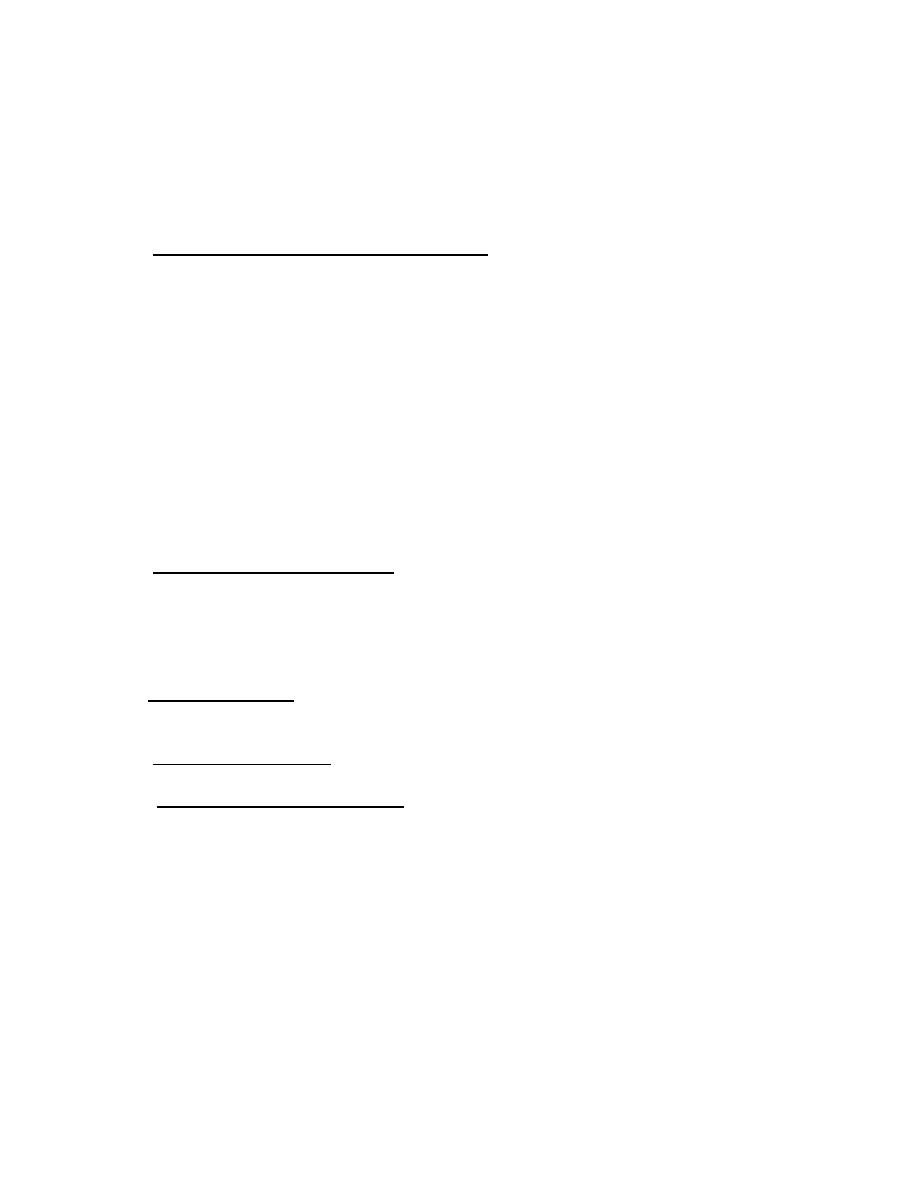

Custom Search
|
|

|
||
 acceleration or retardation may be an indication that the lubrication is excessive. To determine
this, it will usually be necessary to observe the ropes where they pass around the driving machine
sheave during acceleration and retardation. Some rope creepage is normal. In the case of
winding drum machines, excessive lubrication does not create a hazardous condition and should
not interfere with the proper inspection of ropes.
9.6.2 Overhead, Secondary And Deflecting Sheaves
The overhead secondary and deflecting sheaves should be examined and tested with light
blows from a hammer. If the resulting from the blows is dull and flat, unlike the ring given by
sound metal, the sheave parts should be examined carefully for cracks. If no cracks are visible, it
is possible to detect very minute or hair cracks by covering the suspected section with machine
oil, allowing it to stand a few minutes, wiping off all surplus oil with a rag or waste, and then
coating the part with chalk. The machine oil taken up by the crack will cause a brown stain on
the chalk. This indication may be hastened by again tapping the suspected part lightly with a
hammer or by having the car make a round trip. Examine the sheaves for worn grooves and
determine whether all ropes seat to the same depth in the grooves. Look for evidence of any
misalignment of sheaves. Determine whether bearing bolts are secure. Sheave shafts and
bearing should be inspected for wear and other defects. Determine that the shafts and bearings
are adequately lubricated.
9.6.3 Overhead Beams And Fastenings
Examine overhead beams to determine whether they are securely fastened to supports or firmly
embedded in walls. Note any settlement of supports. Examine all exposed bolt fastenings of
beams supporting machinery or sheaves.
9.6.4 Overhead Platforms. Determine that overhead platform is 12 inch planking or equal.
Flooring must be secured.
9.6.5 Traction Driving Sheave
9.6.5.1 Inspection Made with Power Off. open the mainline switch and proceed. Hammer-test
sheave and spider as previously described. Inspect fastenings for tightness where demountable
sheaves are attached to the sheave spider. Note any evidence of lost motion or misalignment of
the traction sheaves with other sheaves. Examine the traction sheaves for worn grooves and
determine that all ropes seat to the same depth in the grooves. Particles of metal under rope
sheaves are evidence of groove or sheave wear. Traction sheave wear is usually just detected by
finding metal particles under the sheave. However, an inspector should watch for the signs that
lead to wear before you see the results. The major cause of wear is uneven rope tension. The
sheave is designed to carry the load spread over all the ropes. When one is under more tension
than the others, this load is transferred to the tighter rope. This can usually be seen by laying a
9-10
|
 |
|
 |
||